- News
- Reviews
- Bikes
- Components
- Bar tape & grips
- Bottom brackets
- Brake & gear cables
- Brake & STI levers
- Brake pads & spares
- Brakes
- Cassettes & freewheels
- Chains
- Chainsets & chainrings
- Derailleurs - front
- Derailleurs - rear
- Forks
- Gear levers & shifters
- Groupsets
- Handlebars & extensions
- Headsets
- Hubs
- Inner tubes
- Pedals
- Quick releases & skewers
- Saddles
- Seatposts
- Stems
- Wheels
- Tyres
- Tubeless valves
- Accessories
- Accessories - misc
- Computer mounts
- Bags
- Bar ends
- Bike bags & cases
- Bottle cages
- Bottles
- Cameras
- Car racks
- Child seats
- Computers
- Glasses
- GPS units
- Helmets
- Lights - front
- Lights - rear
- Lights - sets
- Locks
- Mirrors
- Mudguards
- Racks
- Pumps & CO2 inflators
- Puncture kits
- Reflectives
- Smart watches
- Stands and racks
- Trailers
- Clothing
- Health, fitness and nutrition
- Tools and workshop
- Miscellaneous
- Buyers Guides
- Features
- Forum
- Recommends
- Podcast
review
 Reilly Fusion
Reilly Fusion£8,699.00
VERDICT:
Excellent bike with the performance and looks of carbon but the stunning comfort and longevity of titanium
Excellent finish quality
Great stiffness throughout
Comfort isn't sacrificed
Choice of logo options
It's a big ticket build
Weight:
8,270g
Contact:

This product has been selected to feature in road.cc recommends. That means it's not just scored well, but we think it stands out as special. Go to road.cc recommends
At road.cc every product is thoroughly tested for as long as it takes to get a proper insight into how well it works. Our reviewers are experienced cyclists that we trust to be objective. While we strive to ensure that opinions expressed are backed up by facts, reviews are by their nature an informed opinion, not a definitive verdict. We don't intentionally try to break anything (except locks) but we do try to look for weak points in any design. The overall score is not just an average of the other scores: it reflects both a product's function and value – with value determined by how a product compares with items of similar spec, quality, and price.
What the road.cc scores meanGood scores are more common than bad, because fortunately good products are more common than bad.
- Exceptional
- Excellent
- Very Good
- Good
- Quite good
- Average
- Not so good
- Poor
- Bad
- Appalling
The new Reilly Fusion certainly looks the business, with its investment cast tube junctions creating a frame that could almost be mistaken for carbon fibre rather than titanium. You still get that excellent titanium ride feel, though, which combined with the geometry means you can ride the Fusion as hard and as fast as you like, in comfort for many, many miles.
Ride
Often, the reason for choosing a titanium alloy bike comes down to the ride quality of the material; it tends to have the feeling of an in-built vibration reducer, allowing even the stiffest of machines to deliver a decent amount of comfort. That does depend on the makers knowing what they're doing at the design stage, of course. The team at Reilly certainly do.
> Buy now: Reilly Fusion for £7,499 from Reilly
With its aero-esque tube shapes, the Fusion looks every inch the high-speed racer, and on the whole it is. The performance is great.
At 8.27kg it's a decent weight for a metal bike, meaning it's lively off the line or on the climbs, and it ploughs through undulating terrain as if it's the flatlands.
With impressive stiffness levels up front and throughout the lower sections of the frame, focused around the bottom bracket, the Fusion also feels very responsive. I loved the situations where I had to get out of the saddle and fling the bar side to side in a flurry of cadence and power.
The Reilly certainly has plenty of get up and go.
But a glance at the geometry table shows that the Fusion isn't just about being flung through the bends, or clinging to the rear tyre of the rider in front of whatever professional or amateur peloton you are part of.
The steering takes a marginal step back from that of a full-on aggressive race machine, meaning the Fusion feels just as at home on longer road rides, from the club run through to a sportive or self-planned day ride.
It makes the Fusion a bike that is easy to ride fast, but without the associated twitchiness of a race bike. It's capable of being raced, but doesn't feel like it has to be.
With a wheelbase shorter than a metre (size medium), the Fusion feels nimble underneath you, and with the buzz-taming nature of the frame it feels very composed.
This is a match made in heaven, giving you the confidence to push the Reilly hard through the corners as it feels planted, but responds well to quick direction changes either through the handlebar or by a shift of your body position.
The full-carbon fibre fork backs up the frame's performance too. There is plenty of stiffness on offer here, with the legs taking the loads from hard braking or being banked over in the bends without any noticeable flex, without any compromise to the ride feel on rough road surfaces.
Overall, the Fusion rides with all of the excitement and involvement of a great race bike, with the manners and ride quality of a quick endurance machine. It's a difficult balance to pull off, but Reilly has done it.
Frame and fork
The Fusion, like many titanium road machines, is created from 3Al/2.5V (3% aluminium, 2.5% vanadium) alloy tubes.
Instead of them being welded together where they meet, the Fusion uses investment cast sections (from 6Al/4V titanium alloy) for the head tube, seat cluster, bottom bracket shell and dropouts, with the tubes welded to them. This results in great stiffness, and it also allows for the smooth finish you see where the seat tube meets the top tube – not a shape you'll normally see on a metal bike.
Reilly has also embraced hydroforming to shape the tubing to meet the performance required in terms of stiffness and comfort – as well as aesthetics, of course. The dropped seatstays with their elegant curves are a prime example, or the box section down tube.
Elsewhere, the Fusion carries off that classic raw look that only a titanium frame can. The unpainted tubing can be returned to new with just a bit of a buff up, and the little welding details for the water bottle bosses look very well finished indeed.
With performance in mind, those are the only bosses you'll find – there's no provision for mudguards or rack. That's just not what this bike is all about. That said, if you want to go long there are plenty of frame bags on the market, and the comfort and ride quality of the Reilly will definitely let you cover some big miles.
Like many brands, for 2022 Reilly has hidden all of the wires, cables and hoses inside the frame and fork; they enter through the stem and down into the frame via the headset, revealing themselves at whichever component they are mated with via neat exit points. It gives a very clean look.
If you need access to them, it's under the bottom bracket via a neat little titanium door that is screwed into place.
Wheel retention is as you'd expect – 12mm thru-axles front and rear – while the callipers are flat-mount.
Our test model is the standard decal option of brushed black, with mirrored or custom anodised costing £250 extra.
The original owner also gets a lifetime warranty.
Geometry
As always, Reilly has a detailed geometry table on its website for all five sizes, from XS up to XL. Our medium sits bang in the middle, rocking a 547mm top tube, 150mm head tube, and 510mm seat tube length.
The head angle measures 73 degrees, with the seat angle at 73.5 degrees.
The wheelbase is 982mm, while the chainstays are 414mm in length throughout the sizes. The fork rake is 43mm, and the bottom bracket drop is 72mm.
If stack and reach is your thing, you are looking at 555mm and 382mm respectively.
Groupset
Reilly's website offers the Fusion in three builds – Shimano Ultegra Di2 in 11-speed or 12-speed, or Dura-Ace Di2 12-speed.
We have the middle option: the latest Ultegra D12 offering, 12-speed R8170.
As you can see from Liam's review, the performance is pretty exceptional and it offers ever so slightly smoother shifting than its predecessor, with better braking in terms of progressive feel.
The shifters are also now wireless to the battery, and I'm a big fan of the new hood shape. It's very comfortable while offering a natural shape for grip.
If you want the full information on the groupset then definitely go and read Liam's review; if you aren't that bothered about the details, I'll just say that the shifting is fast and crisp, and the braking is awesome.
Finishing kit
At the front end, the cockpit if you like, you'll find Deda's latest DCR version of the all-in-one Alanera handlebar/stem, with this one capable of directing two brake hoses and electronic shifting wires completely internally into the frame and fork. I reviewed a previous version back in 2018.
It's not a cheap addition to the Fusion, but I do like the hand position options, with the flat top section give a wide platform for comfort when cruising along.
It is a stiff handlebar, but the ride quality of the Fusion's frame and fork offset that.
It's not often I talk about bottom brackets as part of the finishing kit, but when Reilly co-founder Neil Fitzgerald took me through the Fusion in detail, I could tell he had a real passion for the engineering behind the design of the SN-Vitae Module 47 unit.
It fits frames that accept threaded T47 bottom brackets, but the design is slightly different. The website is definitely worth a look.
The seatpost is a D-shaped design in carbon fibre which is clamped inside the frame via an internal wedge system.
Sitting atop that is a Reilly-branded carbon-railed saddle. It's quite long and slender – I've found myself moving towards more 'stubby' designs as late, but I still found it to be highly comfortable, the shape and minimal padding working whether you're on the hoods or in the drops.
Wheels and tyres
As with the other components, you have a selection of wheels to choose from. The base model has a DCR x Reilly, 37mm-deep carbon fibre set, but our test bike is running wheels from Strada, its Carbon Performance Aero Discs at 55mm deep.
This is a lovely wheelset, very tight and light, plus the wheels have that all-important 'swooshy' sound that everybody knows is worth at least 20 watts!
Reilly fits Continental's GP5000 tyres as standard, and they are a great option. I've ridden countless versions of them, both tubeless and standard clincher, and they are some of the best performance tyres on the market.
Rolling resistance feels great and the grip of the supple compound is brilliant in the bends.
Value
The base price of the Fusion with Shimano Ultegra Di2 11-speed, 37mm-deep carbon wheels, and FSA ACR Stem/Energy Compact Alloy handlebar is £7,499, with a £3,000 deposit reserving your place in the build queue.
With our upgrades to the latest Ultegra Di2, the Strada wheels and Deda cockpit, that pushes the price up to £8,699.
That's a big old price tag.
Saying that, the Moots Vamoots that I rode back in 2020 was a similar machine (investment casting aside), offering a performance ride that could match carbon fibre but with that supple edge that only titanium can deliver.
An Ultegra Di2 version of that frameset is currently £6,500 (etched titanium; £7,000 for brushed titanium); a Fusion frameset will set you back £3,999.
> Buyer’s Guide: 10 of the best titanium road bikes
Mason's Aspect is a slightly different beast to the Fusion, but it has a very sporty edge to it that you might not expect. While it isn't quite as performance orientated as the Reilly, I can see similarities in the engineering and passion behind both designers. Also, the Aspect is one of the benchmarks when it comes to build quality, being handmade in small batches in Italy, although I'd say the Fusion is also of a very high quality.
The base Aspect model with Ultegra Di2 12-speed is £6,370, or £3,600 for the frameset.
So, it's pricey, but I wouldn't say that the Fusion is overpriced, especially considering that the investment casting of the 4AL/6V components adds to the cost.
Conclusion
The Fusion is a stunning bike, not just in the way it looks but the way it rides. To all intents and purposes it is a race bike; it rides like one and it handles like one. If you want the performance of a high-end carbon fibre machine, but have a hankering for metal then the Reilly needs to be on your list.
With all of its stiffness it still retains that beautiful titanium feel, and that is what makes the Fusion special to me. It's a bike you can hammer the life out of when you feel like it, but when you don't want to, it is also such a pleasure to ride.
Verdict
Excellent bike with the performance and looks of carbon but the stunning comfort and longevity of titanium
road.cc test report
Make and model: Reilly Fusion
Size tested: M, 55cm
About the bike
List the components used to build up the bike.
Handlebar/stem: Deda Alanera one-piece carbon bar and stem
Bottom Bracket: SN-Vitae T47/68 threaded bottom bracket
Shifters: Shimano Ultegra Di2 12 Speed
Front mech: Shimano Ultegra Di2 12 Speed
Rear mech: Shimano Ultegra Di2 12 Speed
Crankset: Shimano Ultegra 52/36T
Cassette: Shimano Ultegra 12 Speed
Brakes: Shimano Ultegra
Seatpost: Reilly Carbon
Saddle: Reilly with carbon rails
Wheels: Strada Carbon Performance 55
Tyres: Continental GP5000
Tell us what the bike is for and who it's aimed at. What do the manufacturers say about it? How does that compare to your own feelings about the bike?
From Reilly's website:
Neil FitzGerald, Reilly Co-founder, says of the launch: 'Reilly's Fusion is spearheading the titanium road revolution. It symbolises an exciting time for us, marking a new chapter as we build on our framebuilding heritage, while continuing to innovate to offer all customers their dream ride and put the individual back into the bike.
'We have raised the bar again for road adventurers to create a truly cutting edge bicycle frame to enjoy the great outdoors, whether that's planning an ultra endurance road trip or sleekly navigating the daily commute.'
The Fusion takes a step back from being a full-on race machine, but it does that without sacrificing performance thanks to the stiffness of the titanium frame, which also delivers great comfort levels alongside that given by the geometry.
Where does this model sit in the range? Tell us briefly about the cheaper options and the more expensive options
The Fusion starts at £7,499, with possible upgrades to groupsets, decals, wheels and bar/stem combos.
Frame and fork
Overall rating for frame and fork
9/10
Tell us about the build quality and finish of the frame and fork?
It's a stunning looking machine, with absolutely seamless transition between the investment cast parts and the main tubes. The attention to detail is amazing.
Tell us about the materials used in the frame and fork?
Frame: Investment cast 6AL-4V titanium head tube, seat cluster, bottom bracket shell and dropouts, with 3AL-2.5V tubing.
Fork: Carbon race fork with internal front brake hose routing
Tell us about the geometry of the frame and fork?
The geometry is aggressive enough to allow a fast riding position and for the Fusion to feel nimble and fast, though the front end brings stability, and a bit of neutrality, meaning you don't have to be a seasoned racer to master the handling at speed.
How was the bike in terms of height and reach? How did it compare to other bikes of the same stated size?
The stack and reach figures give a riding postion that can be aero without being too aggressive. The numbers are in the right ball park for the frame size.
Riding the bike
Was the bike comfortable to ride? Tell us how you felt about the ride quality.
Surprisingly, considering how stiff the frame is, the Fusion still retains that lovely titanium smoothness and comfort.
Did the bike feel stiff in the right places? Did any part of the bike feel too stiff or too flexible?
The Fusion has great levels of stiffness, especially at the front end and around the bottom bracket area.
How did the bike transfer power? Did it feel efficient?
Power transfer feels great, thanks to the stiff frame and fork, the spread of the Ultegra gears, and a reasonable weight for the whole build.
Was there any toe-clip overlap with the front wheel? If so was it a problem?
No.
How would you describe the steering? Was it lively neutral or unresponsive? A great balance of quickness in the steering without being twitchy.
Tell us some more about the handling. How did the bike feel overall? Did it do particular things well or badly?
The handling is great, very direct, and the frame/fork combo gives loads of feedback which allows you to have fun in the bends.
Which components had the most effect (good or bad) on the bike's comfort? would you recommend any changes?
I got on well with the Reilly branded saddle and the Alanera integrated handlebar and stem offers comfortable hand positions.
Which components had the most effect (good or bad) on the bike's stiffness? would you recommend any changes?
There was no flex at all from the deep-section carbon fibre wheels, or the handlebar.
Which components had the most effect (good or bad) on the bike's efficiency? would you recommend any changes?
The wheels cut through the air well.
Rate the bike for efficiency of power transfer:
8/10
Rate the bike for acceleration:
9/10
Rate the bike for sprinting:
9/10
Rate the bike for high speed stability:
9/10
Rate the bike for cruising speed stability:
9/10
Rate the bike for low speed stability:
9/10
Rate the bike for flat cornering:
9/10
Rate the bike for cornering on descents:
9/10
Rate the bike for climbing:
8/10
The drivetrain
Rate the drivetrain for performance:
10/10
Rate the drivetrain for durability:
9/10
Rate the drivetrain for weight:
8/10
Rate the drivetrain for value:
5/10
Tell us some more about the drivetrain. Anything you particularly did or didn't like? Any components which didn't work well together?
This newest version of Ultegra Di2 is faultless in both its gear changing performance and braking capabilities.
Wheels and tyres
Rate the wheels for performance:
8/10
Rate the wheels for durability:
8/10
Rate the wheels for weight:
8/10
Rate the wheels for comfort:
8/10
Tell us some more about the wheels.Did they work well in the conditions you encountered? Would you change the wheels? If so what for?
The Strada wheels are smooth rolling and give an aerodynamic boost above around 23mph, which certainly helps the Fusion to feel sprightly.
Rate the tyres for performance:
9/10
Rate the tyres for durability:
8/10
Rate the tyres for weight:
8/10
Rate the tyres for comfort:
8/10
Rate the tyres for value:
4/10
Tell us some more about the tyres. Did they work well in the conditions you encountered? Would you change the tyres? If so what for?
Continental's GP5000s are some of the best road tyres out there offering exceptional levels of grip and rolling resistance. More importantly, their suppleness doesn't mute the excellent feedback you get from the frame and fork.
Controls
Rate the controls for performance:
8/10
Rate the controls for durability:
8/10
Rate the controls for weight:
8/10
Rate the controls for comfort:
8/10
Tell us some more about the controls. Any particularly good or bad components? How would the controls work for larger or smaller riders?
A top-end bike deserves a top-end build, and this is what you are getting here.
Your summary
Did you enjoy riding the bike? Yes
Would you consider buying the bike? Yes
Would you recommend the bike to a friend? Yes
How does the price compare to that of similar bikes in the market, including ones recently tested on road.cc?
It has a similar ride style to the Moots Vamoots, but with a frameset that is around £2.5K cheaper, and it stands up well on price to the Mason Aspect, too. That's a slightly different machine in terms of performance, but a benchmark when it comes to quality.
Rate the bike overall for performance:
9/10
Rate the bike overall for value:
6/10
Use this box to explain your overall score
It's excellent. The ride quality for such a stiff bike is truly stunning, and the finished product looks absolutely beautiful too.
About the tester
Age: 42
I usually ride: This month's test bike My best bike is: B'Twin Ultra CF draped in the latest bling test components
I've been riding for: Over 20 years I ride: Every day I would class myself as: Expert
I regularly do the following types of riding: time trialling, commuting, club rides, sportives, fixed/singlespeed,
Since writing his first bike review for road.cc back in early 2009 senior product reviewer Stu has tested more than a thousand pieces of kit, and hundreds of bikes.
With an HND in mechanical engineering and previous roles as a CNC programmer/machinist, draughtsman and development engineer (working in new product design) Stu understands what it takes to bring a product to market. A mix of that knowledge combined with his love of road and gravel cycling puts him in the ideal position to put the latest kit through its paces.
He first made the switch to road cycling in 1999, primarily for fitness, but it didn’t take long for his competitive side to take over which led to around ten years as a time triallist and some pretty decent results. These days though riding is more about escapism, keeping the weight off and just enjoying the fact that he gets to ride the latest technology as part of his day job.
Latest Comments
- hawkinspeter 2 hours 58 sec ago
The obvious answer to that question is whether you support genocide or not. It's similar to claiming that Nazis shouldn't be punched because that...
- chrisonabike 3 hours 1 min ago
The issue is we just end up with wider vehicles parked on the road because they won't fit the garage *, and it being more likely that drivers will...
- Pub bike 3 hours 28 min ago
He is up against the global trading system, which has obviously been in the news a lot lately. Framebuilders in other countries can undercut him,...
- David9694 5 hours 1 min ago
Stouport residents bemoan huge traffic queues through town...
- rookybiker 15 hours 55 min ago
The trailer seems to connect to both ends of the rear axle. Can it do tight corners without dragging the tyre sideways?
- froze 15 hours 58 min ago
Motorists have always been unkind to cyclists, but distracted driving is adding to the problem....
- Destroyer666 16 hours 52 min ago
Have you owned Bont shoes? In my experience even the widest Lake shoes have had a bizarre form of narrowing way too much in the toe area. But the...
- froze 17 hours 19 min ago
Not sure if this is possible, but this news letter goes out all over the world, and some places like Decathlon does not send stuff to America, in...
- Hirsute 18 hours 4 min ago
I'm confused as to why you'd need bib shorts indoors.

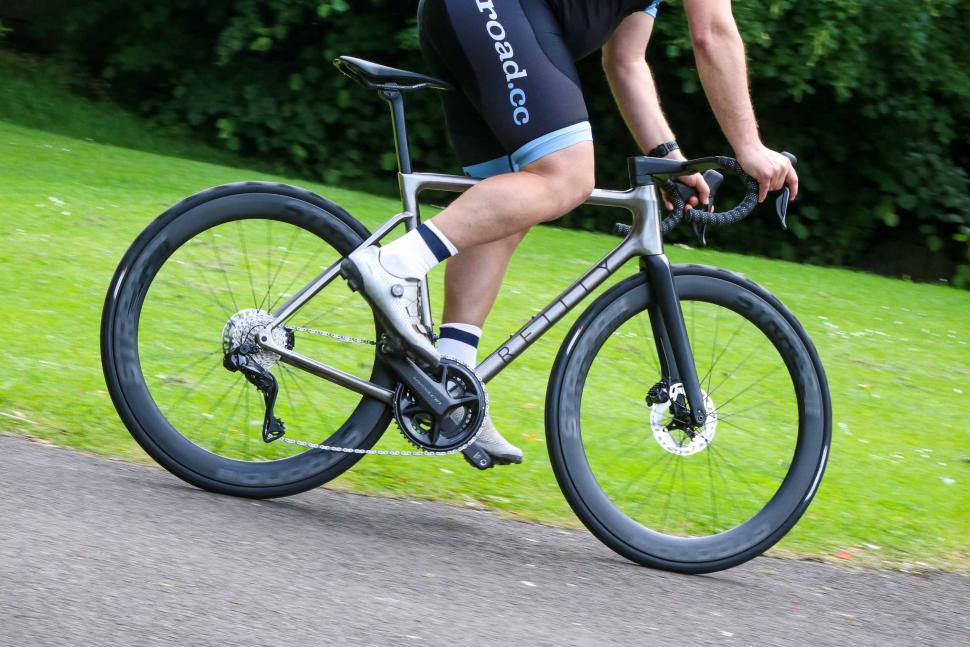
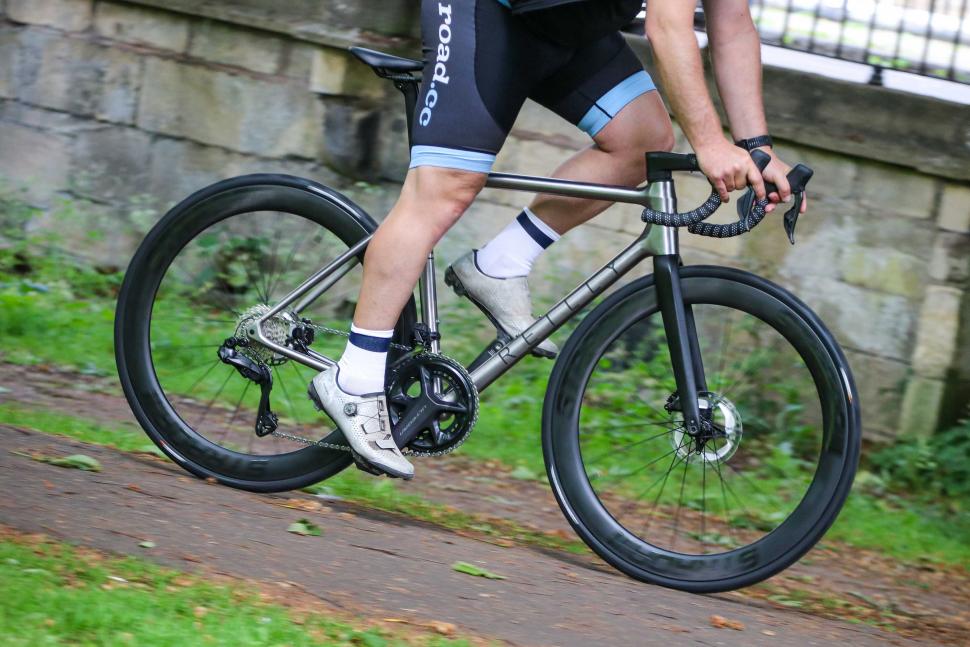
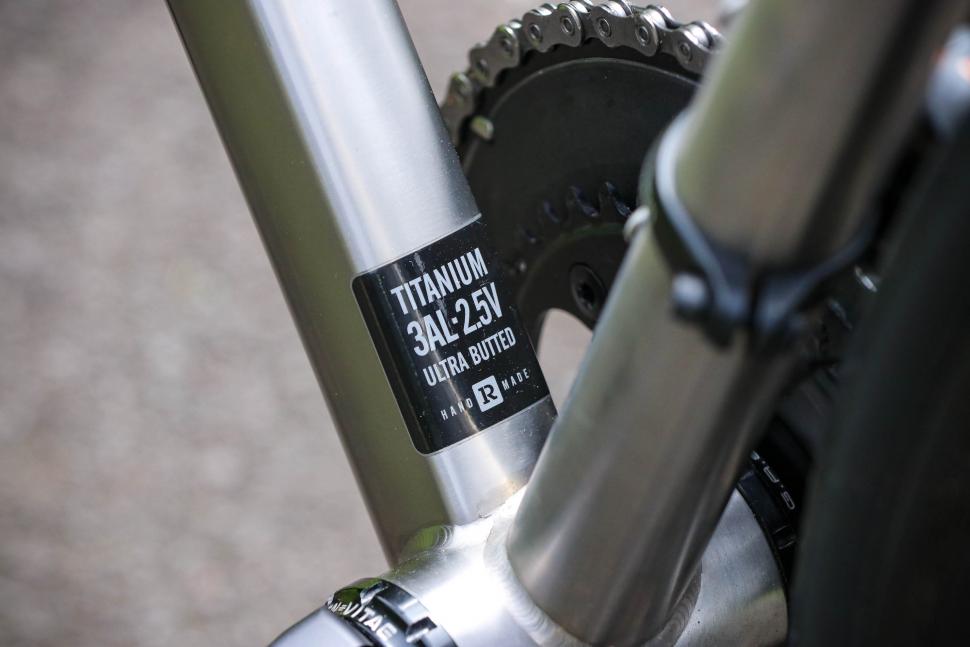
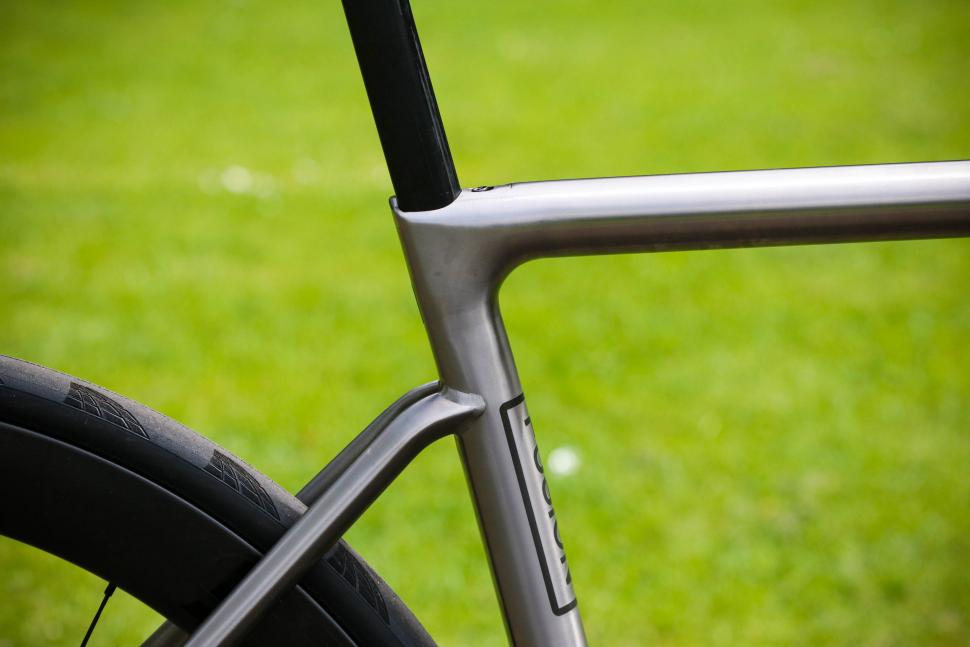
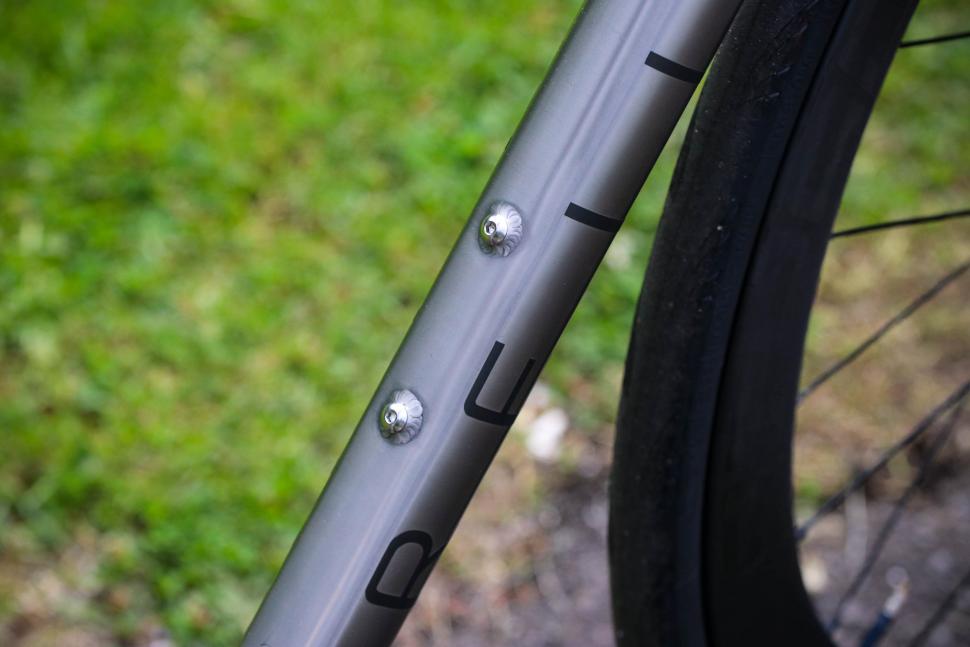
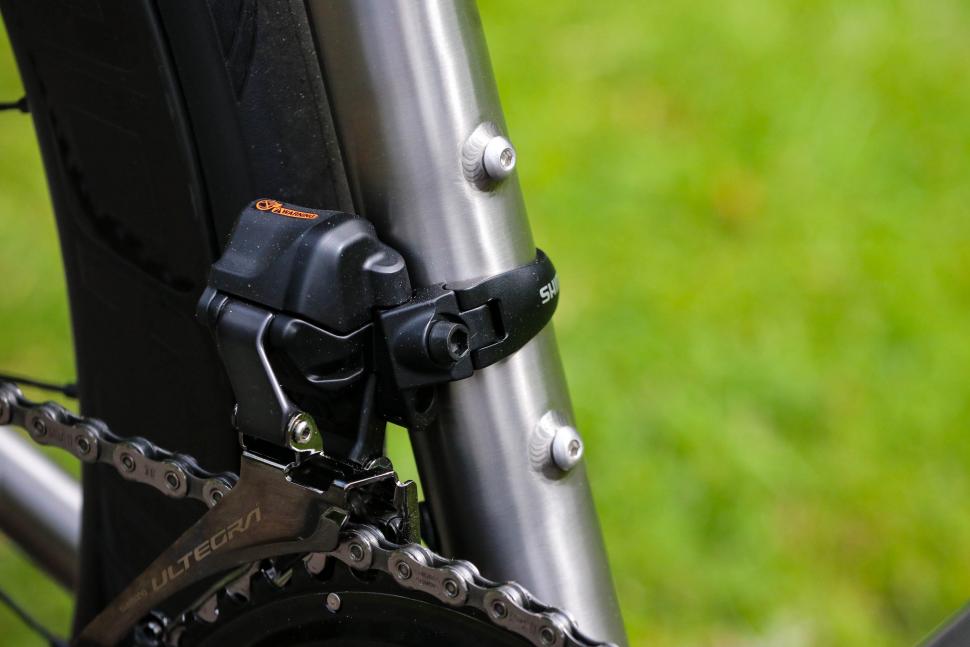
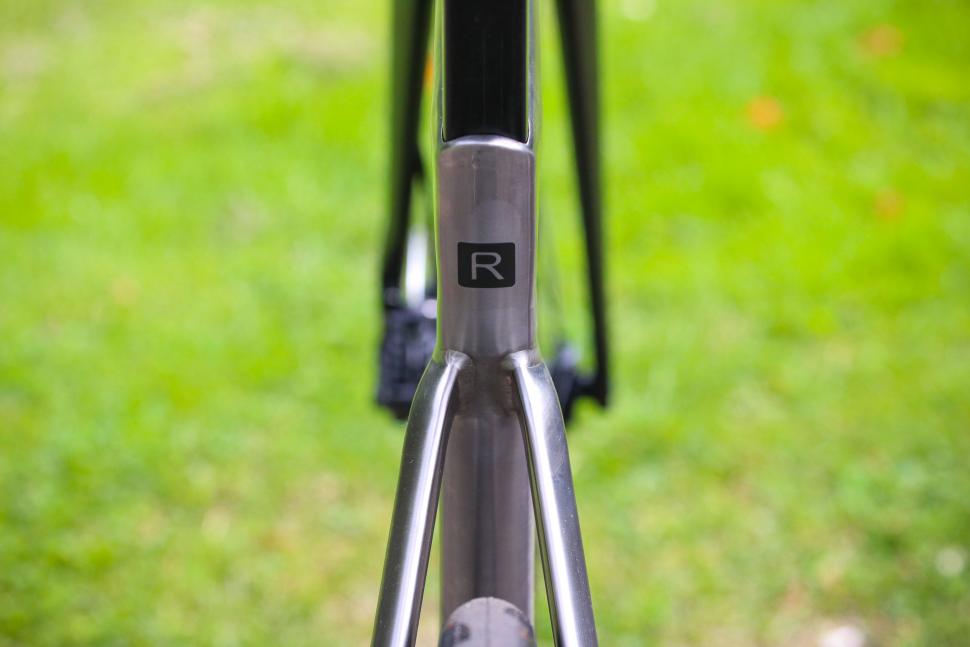
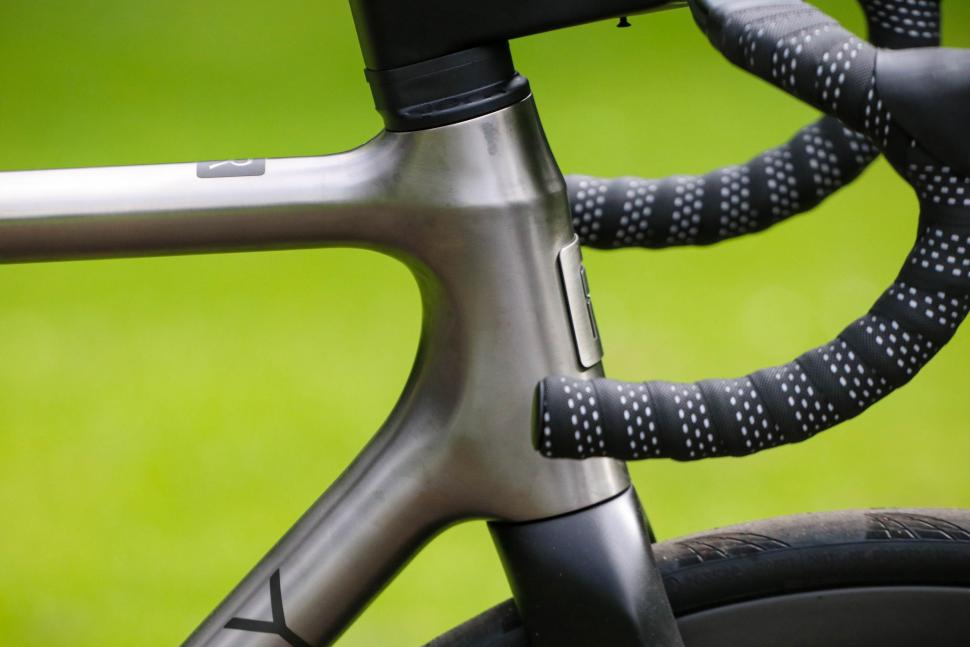
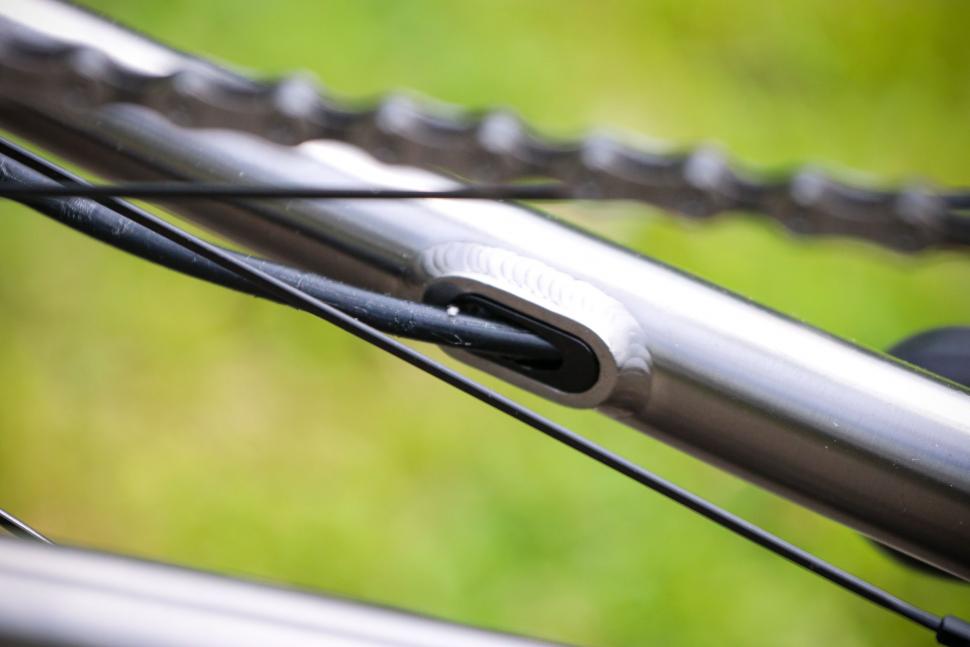
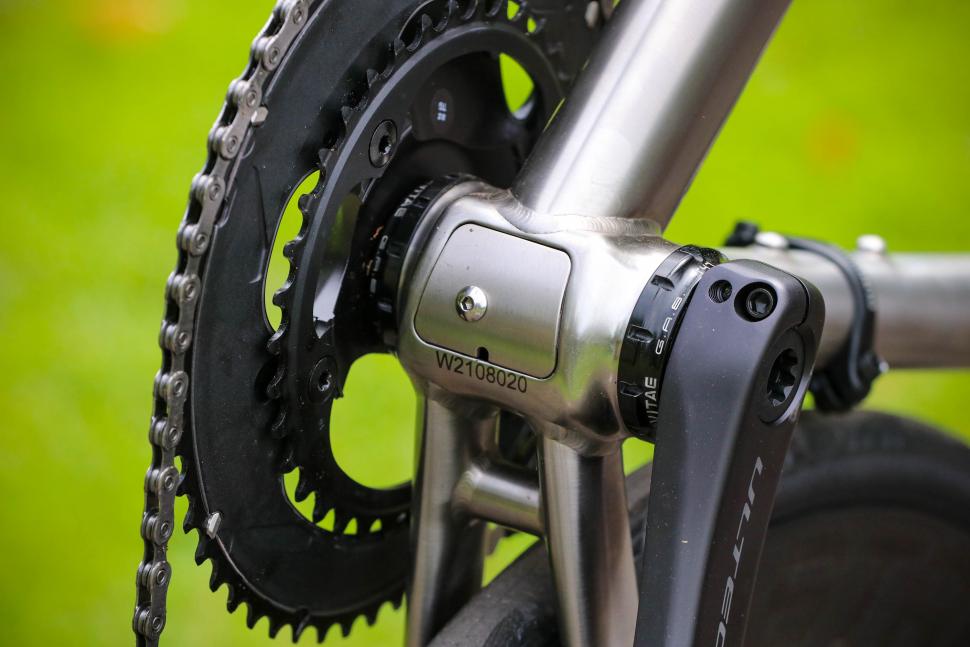
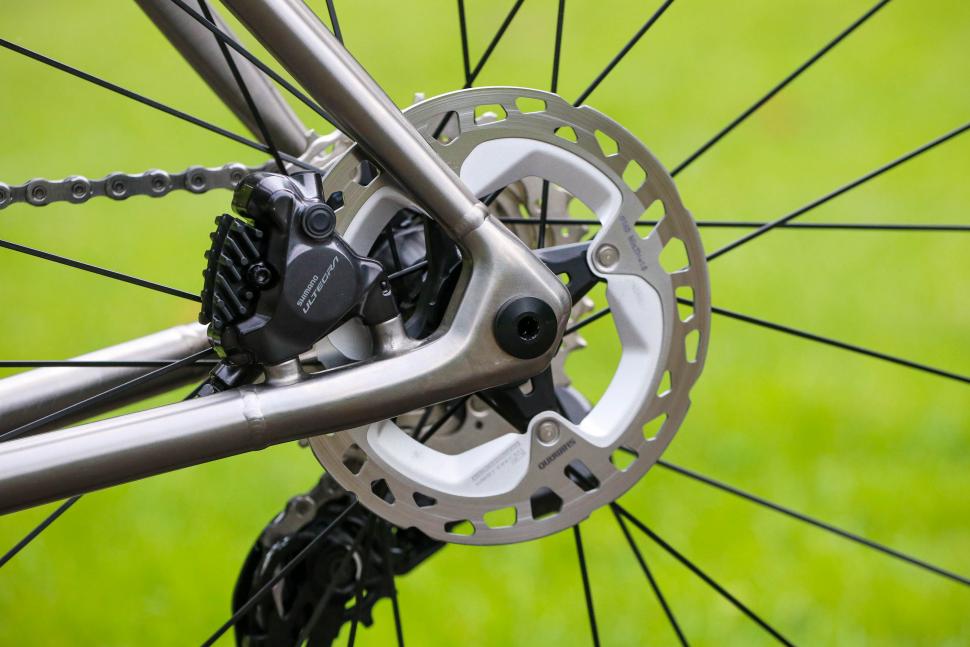










































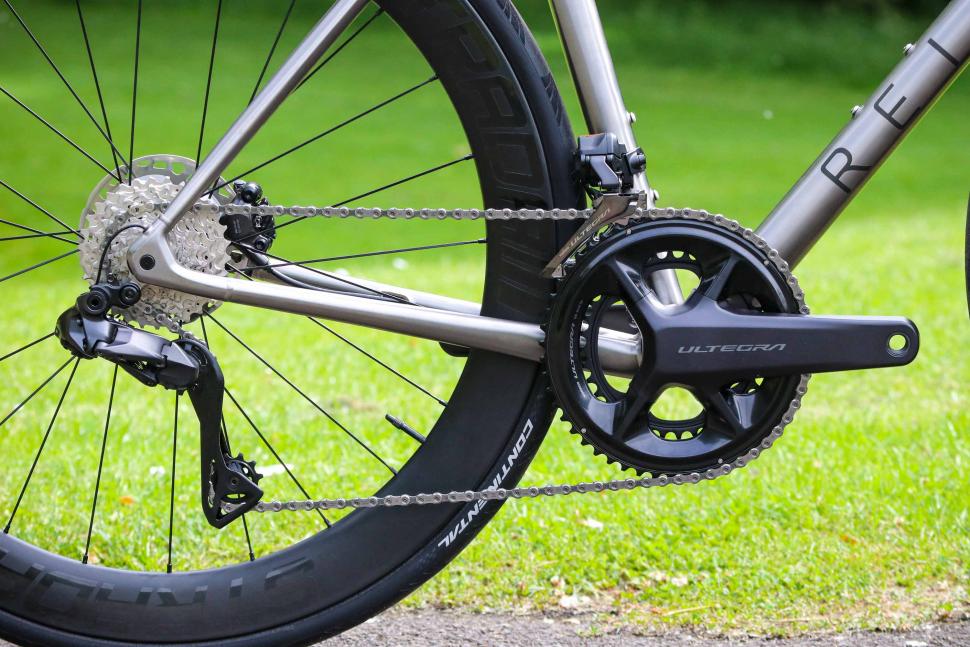
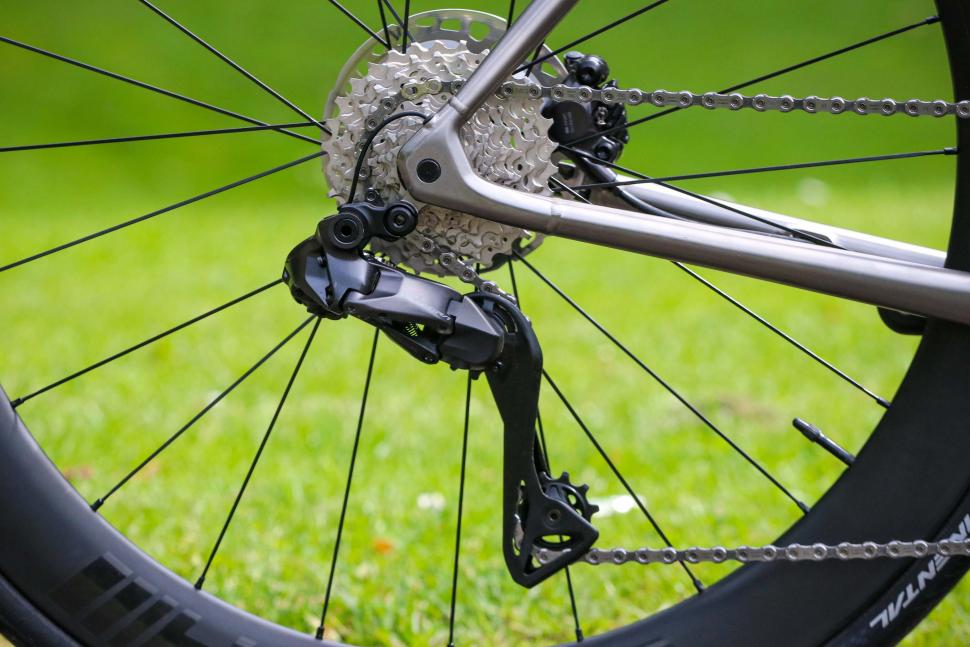

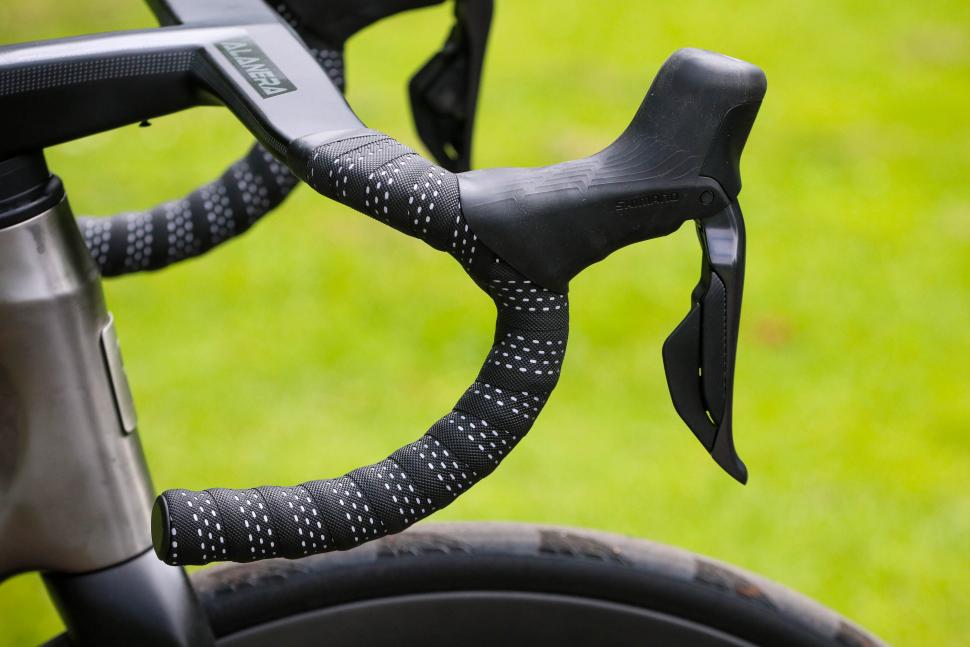
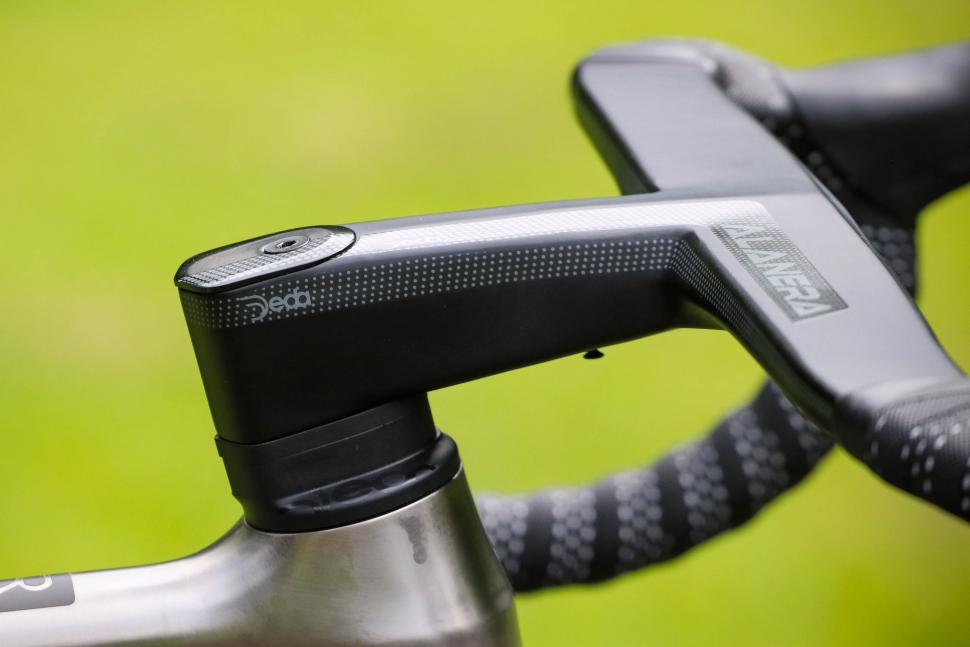
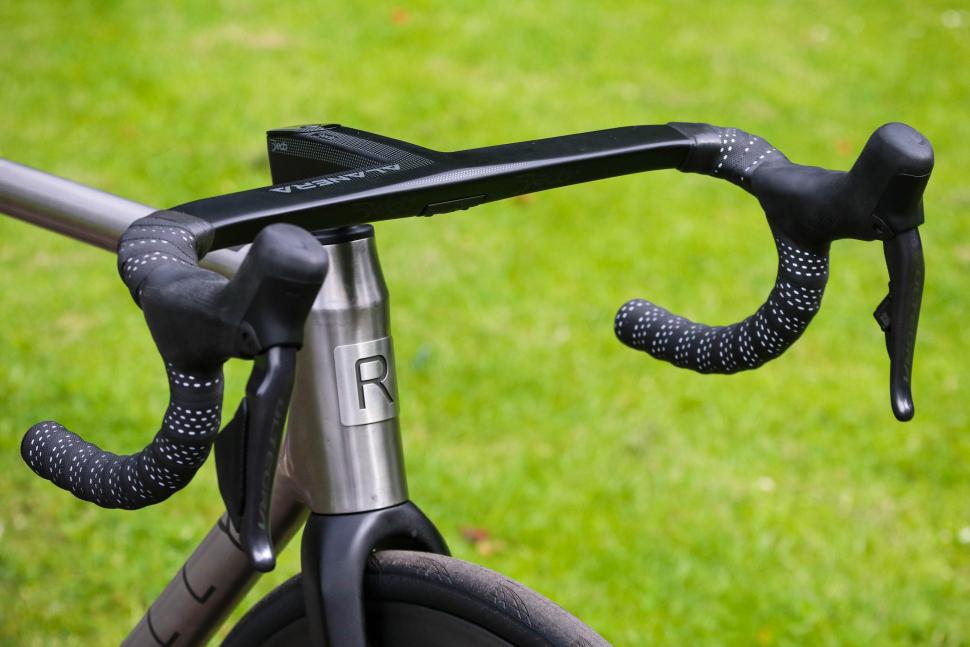
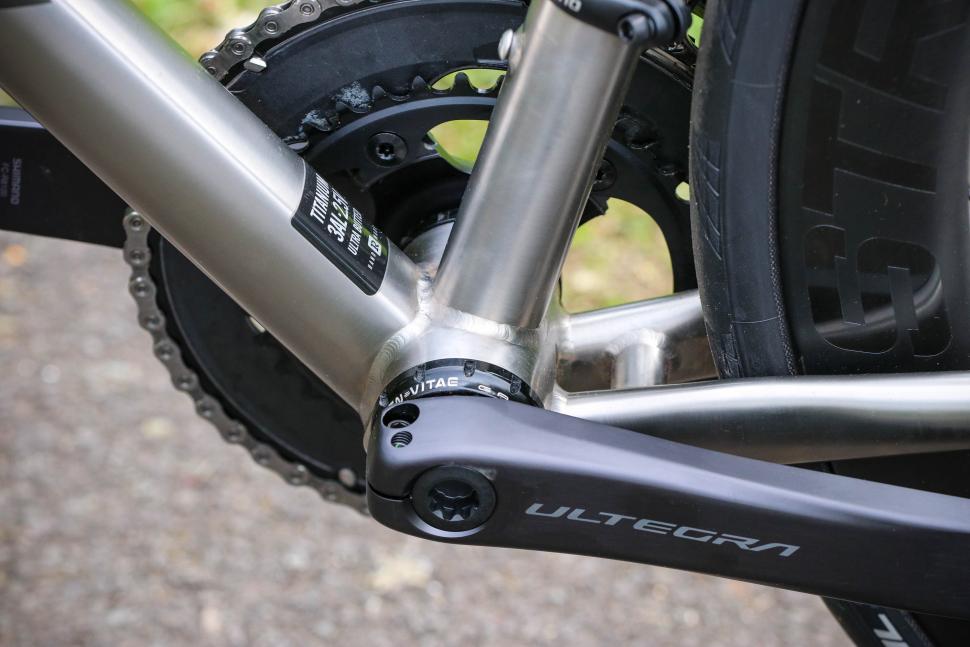
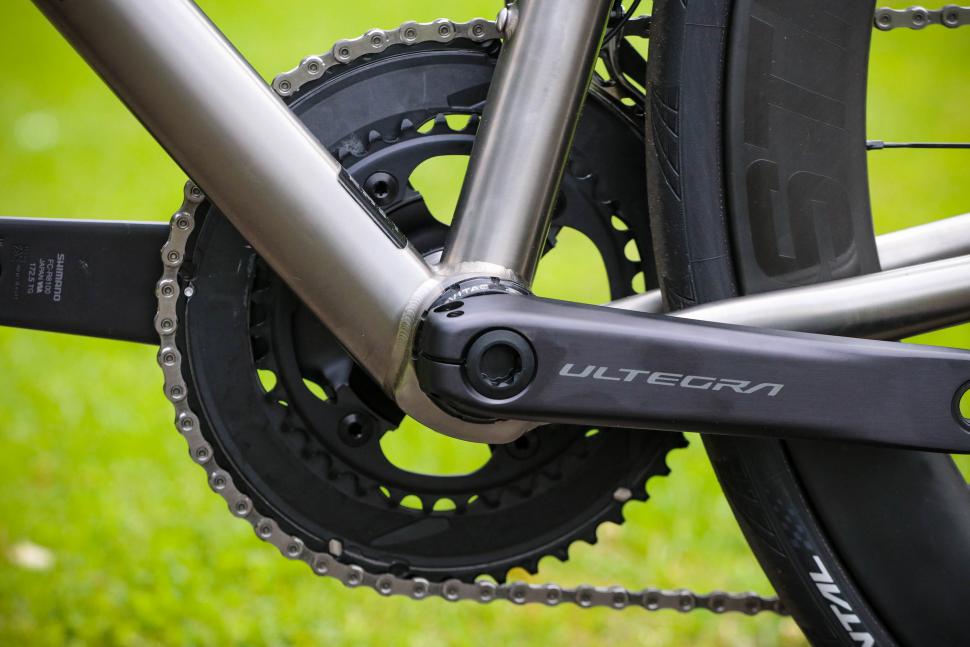
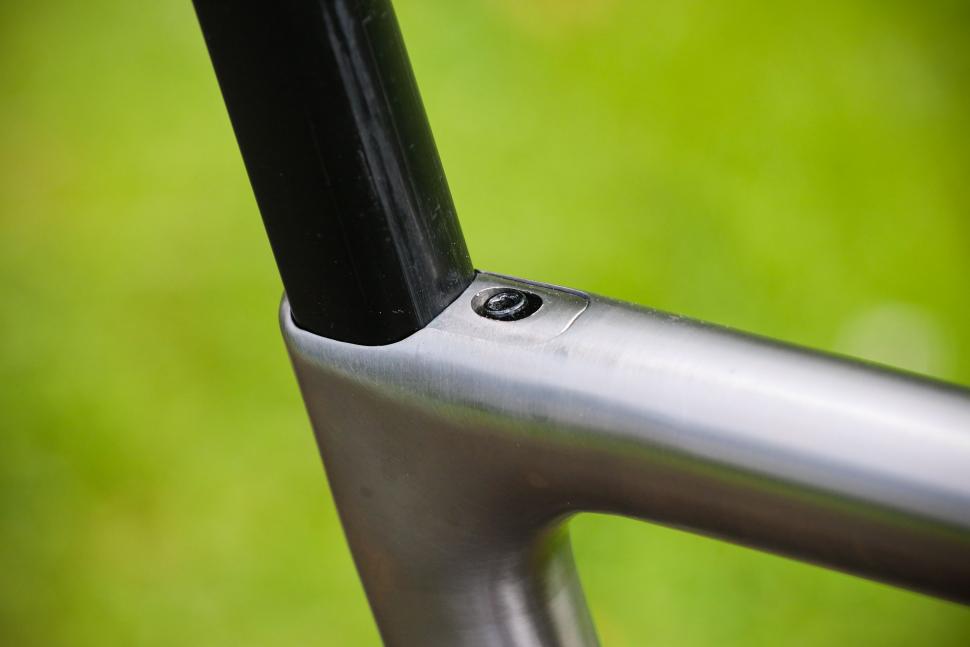
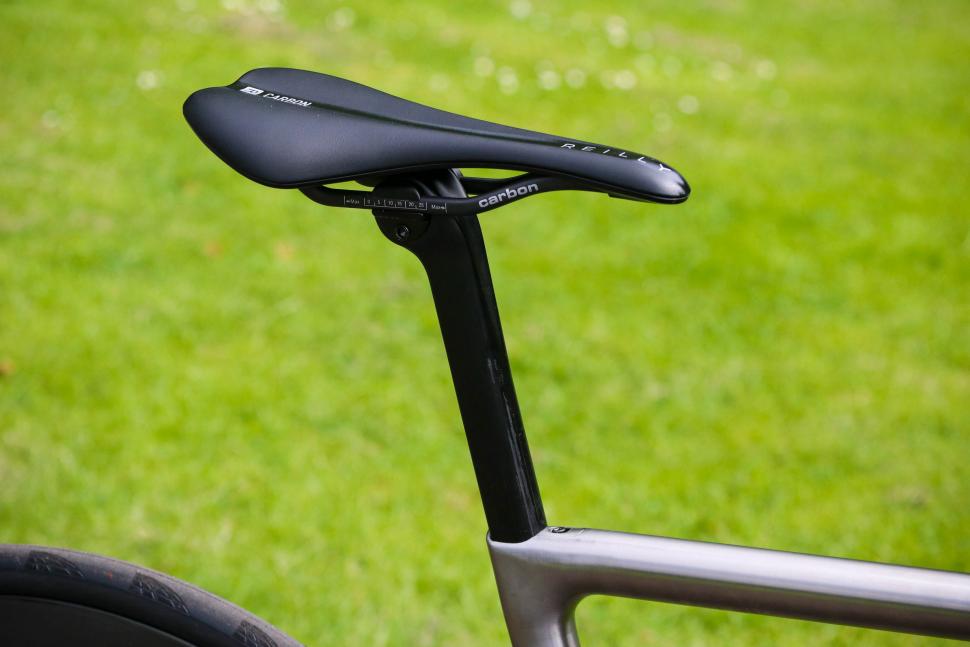
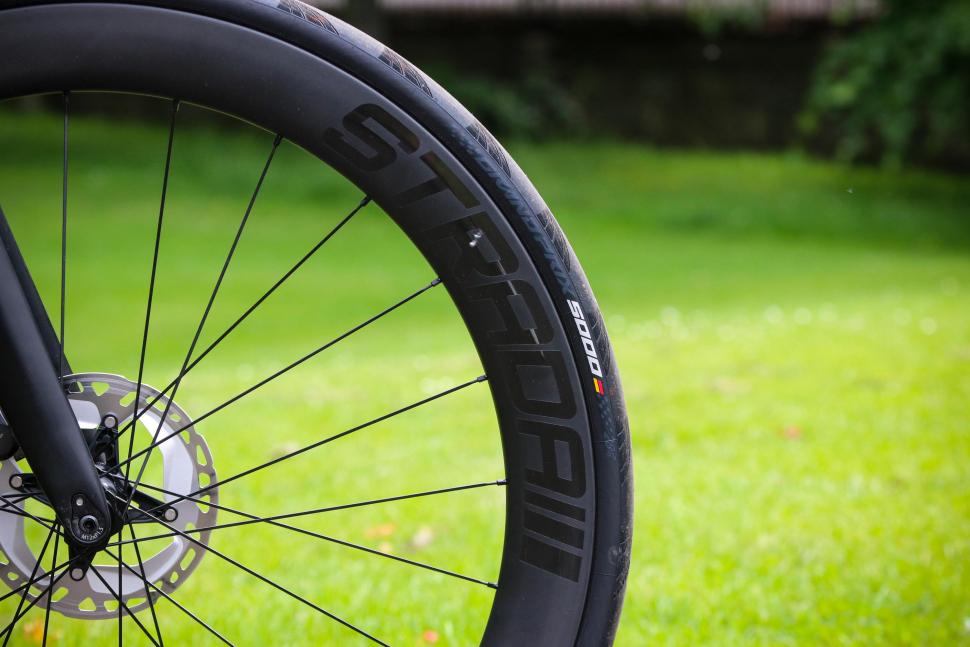

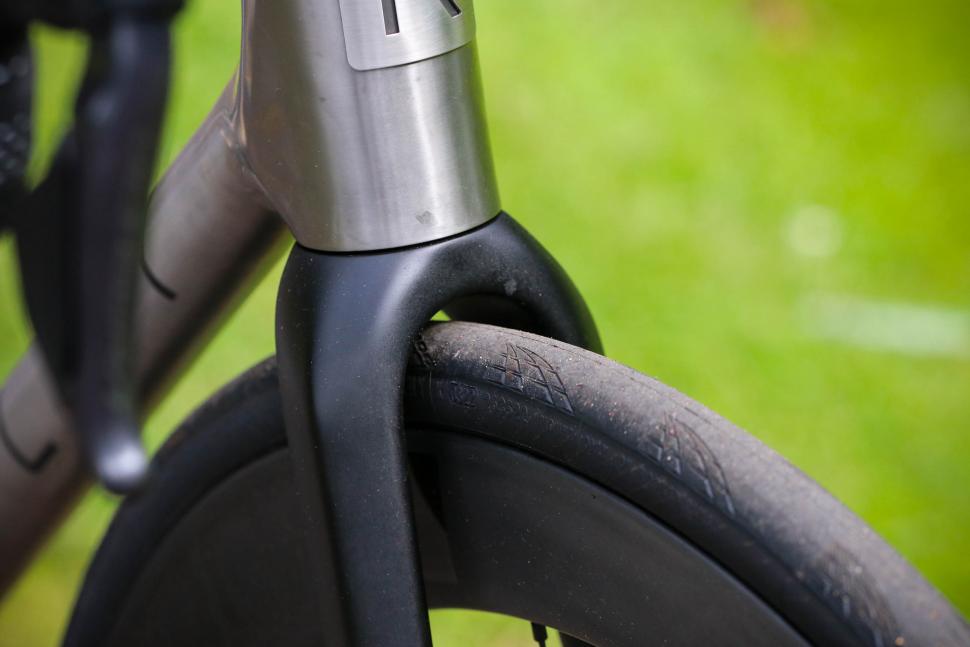




Add new comment
12 comments
In my view they need to tidy things up to make it look all smooth. For that amount of money, those thick welds on the chainstay and seat stay are a no-no to me.
The Pilot Cycles Seiren looks so much better then.
Lovely looking thing, but, the website is shite.
no mention of frame weight orbtyre clearance. Pretty basic things for any brand, let alone a premium one.
one of my main bikes is a Pickenflick, and it's an all time fave. It will be replaced some day, and thing is the sort of thing I'd be looking at.
Weight is on their site - just not in the review.
1.8kg frame for a medium.
Admittedly cant find max tyre width anywhere - but I'm sure a mail to O'reilly would clarify.
1.8 kg? I've got a 1980s Columbus SLX steel frame that weighs less than that.
It also weighs more than my Genesis 953 stainless (1.65 kg). Porky!
Do either of those bikes have aero pretensions? Its no different to the choice you make when you buy a Giant Propel or a Giant TCR or any other brand.
If you want lighter weight I'm sure Reilly will happily sell you a T640D at 1.4kg. Or a 1.275kg T325 if you dont want to pay the Disc Brake weight tax.
Lovely looking (lottery win wishlist!) bike, have I missed the detail of max tyre clearance?
I know it may not matter a huge amount but I am surprised by the weights of the many new and very expensive bikes. My Bowman frameset was under £1k and when built up with nothing too exotic is around 7.5kg. I find it weird to see such crazy expensive bikes coming out and they're over 8kg. Mentally jarring.
I agree, my (£900 secondhand) road bike is slightly below the UCI weight limit (because it has shallow rims on, with aero rims it would be bang on 6.8 kg), although an extra 1.5kg would probably make no substantive difference to my speed (and if it did there are several unnecessary kilos hanging around on my body frame rather than the bike frame that I could get rid of) it would feel a bit daft to shell out many thousands for a bike that was actually heavier.
What bike out of interest?
(and TBF weight weenies and Ti dont really mix)
Btwin Facet 7 2014, Ultegra Di2 as ridden by the AG2R development squad and France u-19s that year. Think it was 7.1 kg originally but the previous owner (who meant to race it but never did) shaved it down to the limit with lighter bars, stem and saddle.
P.S. And yes the Ti does look and sound amazing, so if I found £8.7k down the back of the sofa I might just be able to tolerate the weight differential!
Huge amount of money.
My £250 Planet X Pro Carbon frame, cheap carbon handlebar/seatpost with Shimano 105 (5800) and cheap Shimano RS31 wheels is about 7.5kg.
I've got nothing against people spending vast amounts of their diposable income on bikes if the technology trickles down
Frame (Small) £250
Wheels £130
Groupset (5800) £300 (mostly cost-free spares after minor crash replacement, so more like £150)
Handlebar £80
Seatpost £50
Stem £20
Tyres and tubes £50
Flat pedals £25
Saddle £40
Light skewers £12
Bar tape £10
Polycarbonate stem spacers £10
Cable spacers £10
Seatpost clamp £5
Less than £1000 after building it myself. Admittedly prices were pre-covid. I bought the frame because I had practically ALL of the other stuff spare and unused.
Absolutely love the look of this. When I saw it a few months ago on Road.cc I was hoping it would be as good as it looks and it sounds like it is.